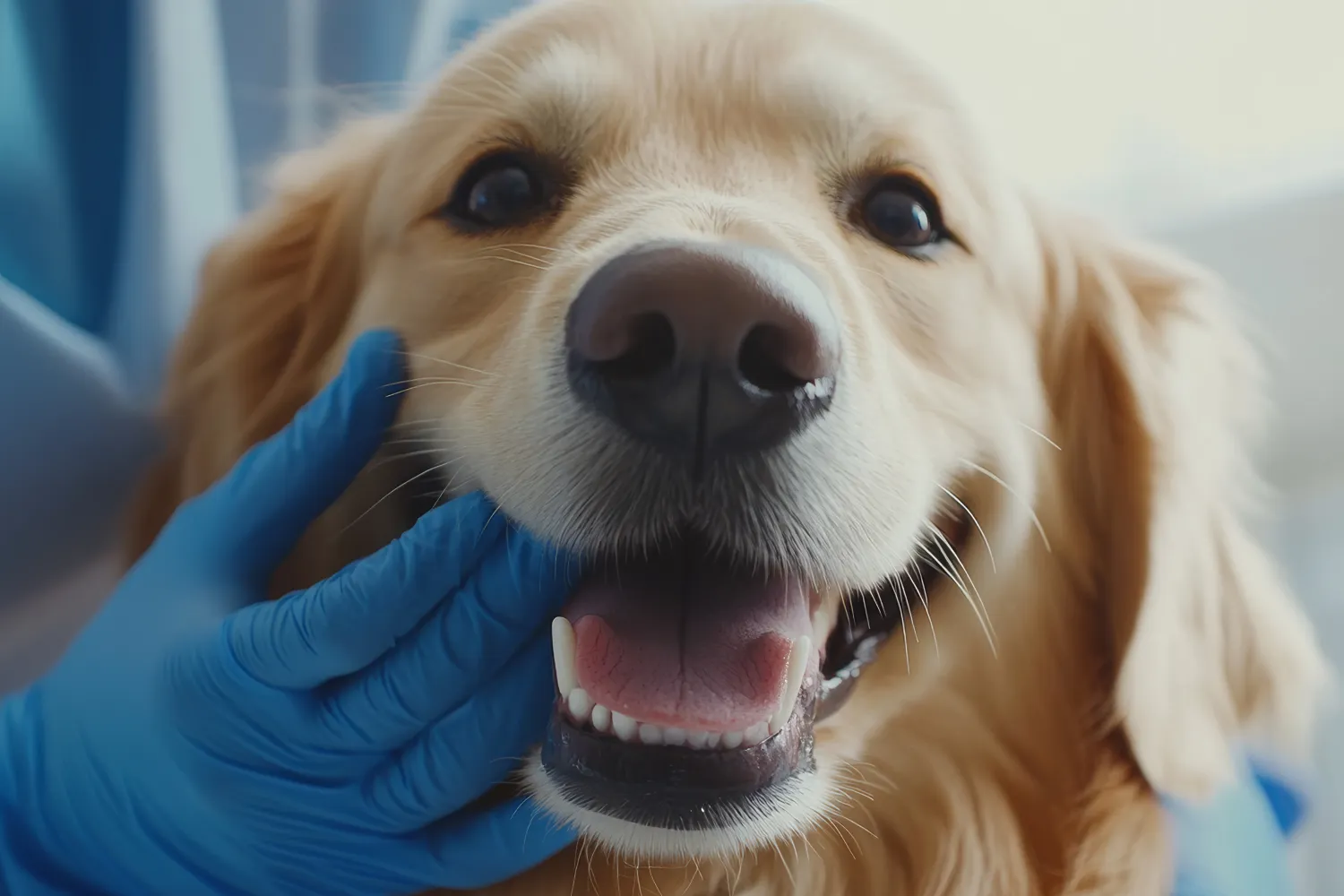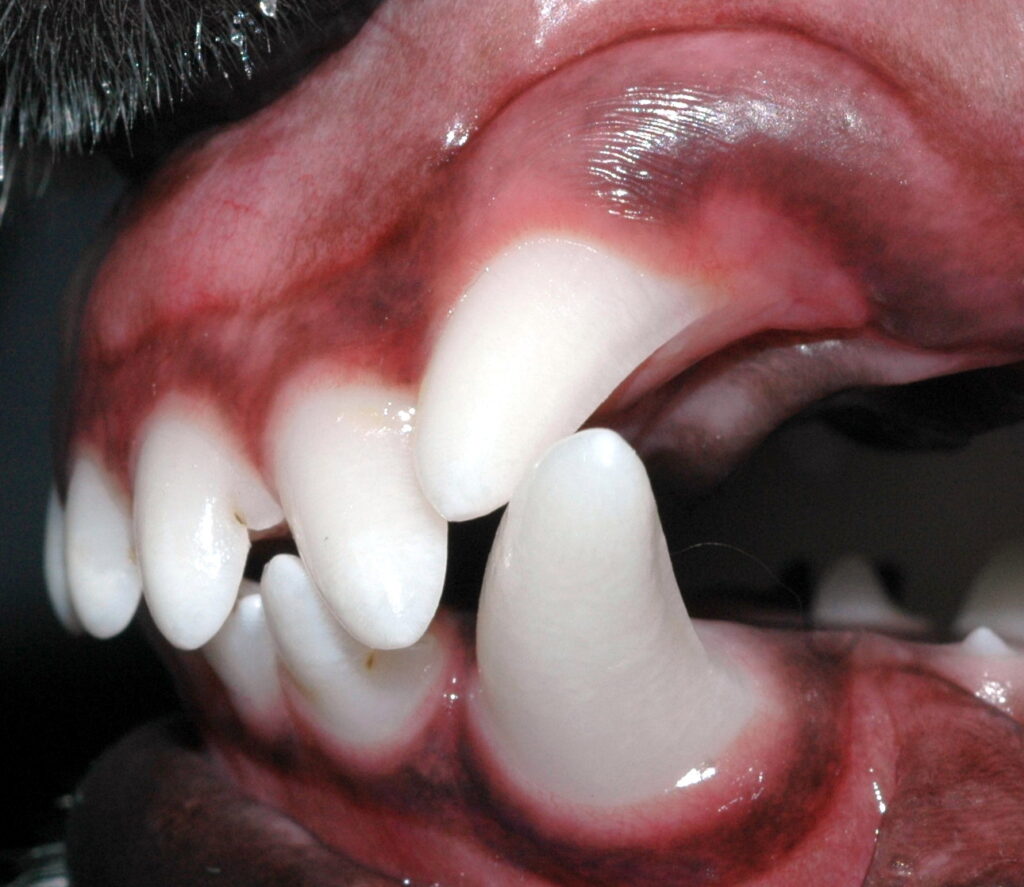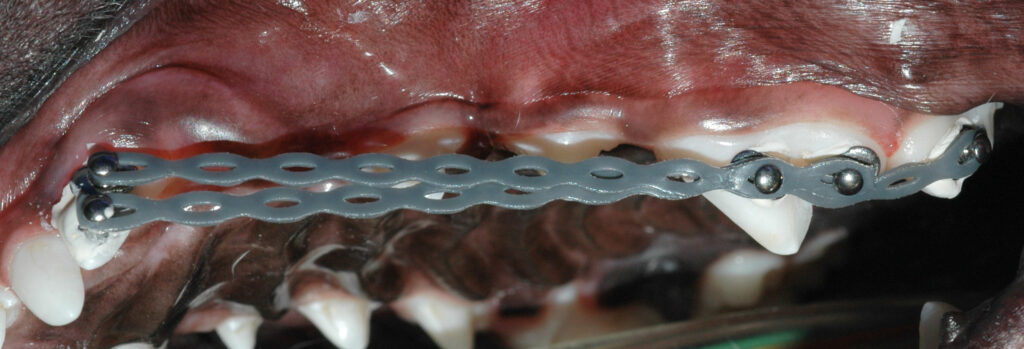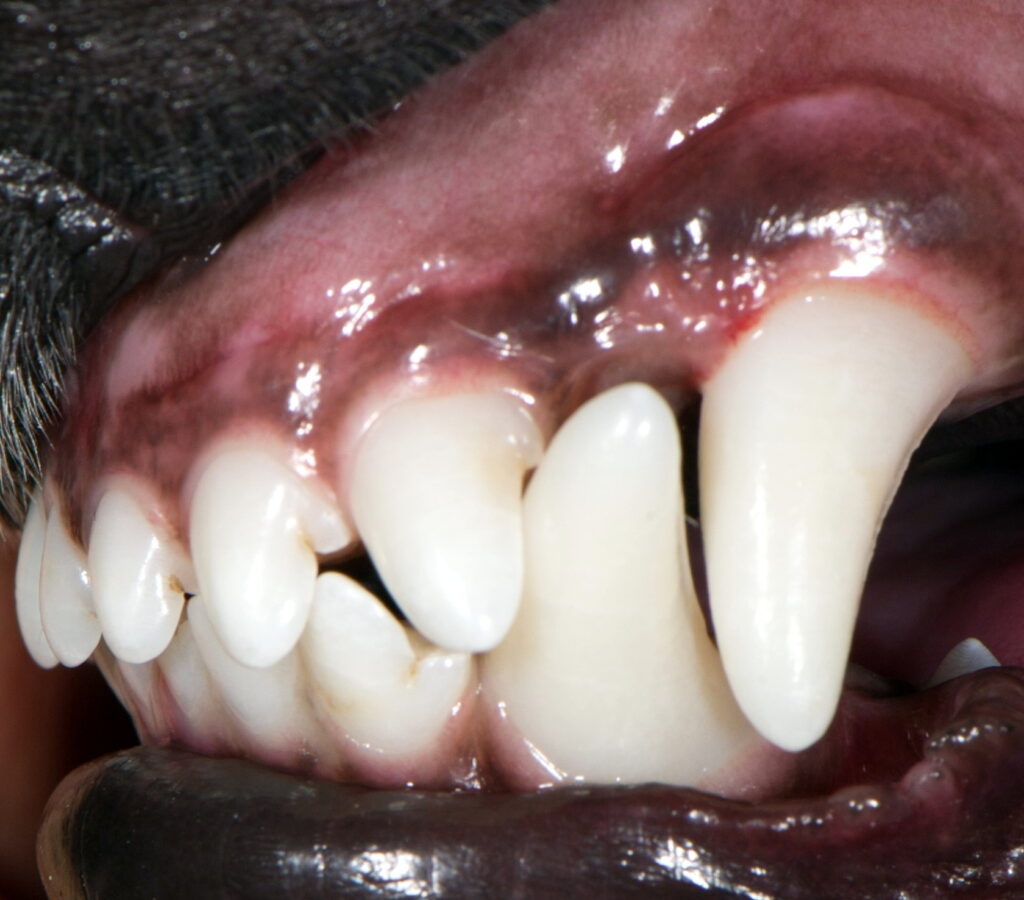
BOGO: buy a box of Longevity15 and get Yummy Combs free!
Shop now and get the BOGO deal today!
Joseph Roetheli, PhD

When people think of braces, they usually picture teenagers with metal brackets on their teeth. But guess what? Dogs can get braces too! As a veterinary dentist, I’ve placed braces on dogs to help with serious dental problems—not for looks, but for health.
Let’s explore when, why, and how dogs get braces.
Why Would a Dog Need Braces?
Dog braces are never used to make teeth look pretty. They’re used to fix bite problems that cause pain, interfere with eating, or risk injury to the mouth.
Some dogs are born with teeth that grow in the wrong place. These teeth might poke into the roof of the mouth, cut the gums, or make it hard to close the jaw. In those cases, we use braces to move the teeth into a better position.
Common reasons a dog might need braces include:
What Kind of Dogs Get Braces?
Any breed can need braces, but some are more likely to have dental issues. German Shepherds, Golden Retrievers, and Boxers are just a few breeds that may develop malocclusions that require treatment.
Braces are usually placed when the dog is between 4 and 10 months old—while they’re still growing and their bones are soft.
How Do Braces Work in Dogs?
Dog braces aren’t the same as human braces. Sometimes we use metal brackets and wires, but other times we use acrylic retainers, springs, or even plastic bite plates.
Braces for dogs are custom-made and usually stay on for a shorter time—just a few weeks or months. During that time, the dog needs regular check-ups to adjust the appliance.
Do Dogs Tolerate Braces?
Most dogs adjust well! They may not love having something in their mouth at first, but with time and patience, they get used to it. We usually give soft food during treatment and monitor closely for any signs of discomfort.
And don’t worry—dogs don’t need to worry about brushing their own braces. Their owners (and dental teams) take care of that.
What Happens After Braces?
Once the problem is fixed, the braces come off. Sometimes we use a retainer to keep the teeth in place. In most cases, dogs can go back to chewing normally and living pain-free lives.
Final Thoughts
Yes, dogs can get braces—but only when it helps their health. If your dog has a bite problem, it’s worth seeing a veterinary dentist. Early treatment can prevent lifelong pain, and in many cases, we can fix the issue quickly and gently with orthodontic care.
Malpositioned upper canine tooth

Elastic and orthodontic buttons used to pull the canine tooth backward

Great outcome

Updates, coupons, deals, and more!
Type anything...
We use cookies to provide you the best possible experience on our website. You consent to the usage of cookies by continuing to view our website. See our Privacy Notice for more information.